Best Fabric for an Outdoor Awning
Not all awning fabrics are created equal! Choosing fabric for your outdoor awning can be confusing, so we’re here to help demystify the options and considerations out there!
What Awning Fabrics Are there?
There are several types of awning fabrics on the market, so it’s important to decide which ones will suit your needs best. There is a big difference in quality in the market, so your choice will be dependent on how you envision the use of your awning, and your budget.
Cotton
100% natural, cotton was once the most used fabric for outdoor awnings.
Unfortunately, the cotton fabric does not allow for colour fastness and UV-resistance.
Cotton also soaks up water and is prone to mould and to rot. Cotton is also a thick and heavy fabric, and most consumers opt for a more resistant synthetic material that is better suited to the outdoor elements.
Solution Dyed Acrylic
“Solution-dyed” acrylic fiber is where the fiber is dyed all the way through during production, as opposed to colour dipped fibers.
Using solution-dyed acrylic fiber means your awning will remain bright, and the colour will be a long-lasting one.
The acrylic fiber has a special coating added to make it water repellant, meaning the water rolls off the fabric rather than being absorbed by it.
It is important to remember that water-resistant does not mean 100% waterproof! This type of fabric is definitely the best and most long lasting for use on retractable awnings.
Eco-friendly Fabrics
Eco-friendly fabric means there are no harmful substances present nor heavy-metal content (lead, cadmium, tin).
No formaldehyde and allergenic compounds are used in their manufacture, and the yarns are resistant to mould and bacterial growth.
Micro-perforated fabrics
These fabrics meet new requirements for large windows, heat and light control, energy savings etc. It is made from high-tenacity PVC-coated polyester fibers. These textiles are very easy to wash, are long lasting, and are resistant to mechanical wear and tear. Awnings constructed with micro-perforated fabrics control heat and light inside a room. You can look out, but others cannot see in (in the day time).
Other Factors to Consider
Openness factor
Something to think about would be the ‘openness factor’ which measures the proportion of holes in a perforated fabric. This parameter is essential to calculate the degree of visibility through the fabric. The Openness Factor (OF) is expressed as a percentage. A low OF shows that the fabric has a very close weave, and a higher OF means that it is more “open” and therefore has higher visibility or see through factor.
Solar Transmittance
This factor measures the proportion of solar energy transmitted through a fabric. It is expressed as a percentage, a low figure indicates a good filtration of solar energy by the fabric.
Visual Transmittance
The visible transmittance measures the percentage of visible light coming through the fabric. A low figure shows a very efficient fabric.
So when considering the best fabric for outdoor awnings remember to consider:
- How much light and heat control are you after?
- Do you want to be able to see through the fabric?
- It is manufactured using environmentally conscious methods, and are the raw materials eco-friendly?
- What level of water resistance will suit your needs?
- What kind of colour/design are you after?
And don’t forget, not all awning fabrics are created equal, so spend some time understanding your needs and options and you won’t go wrong!





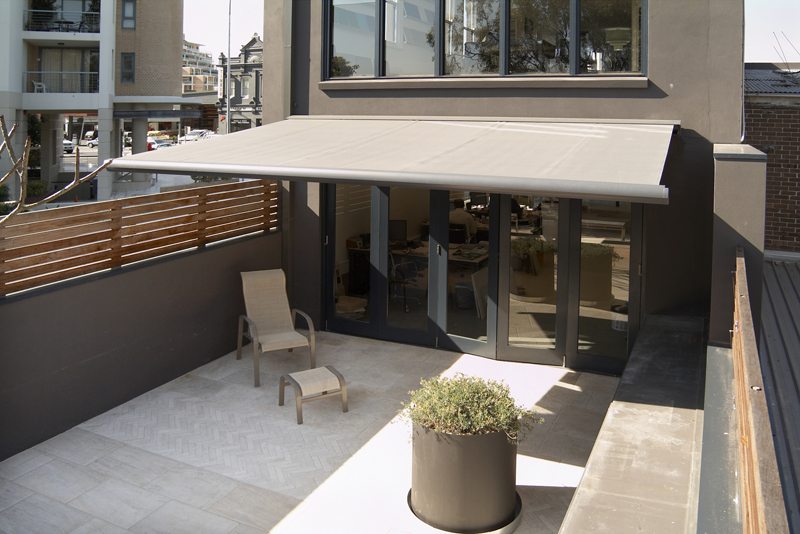
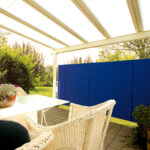
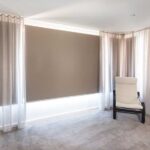

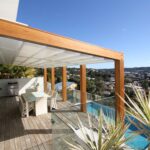
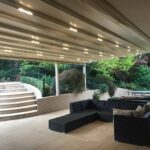

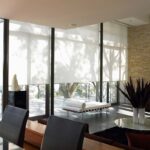

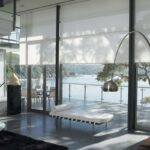

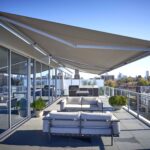
Sorry, the comment form is closed at this time.